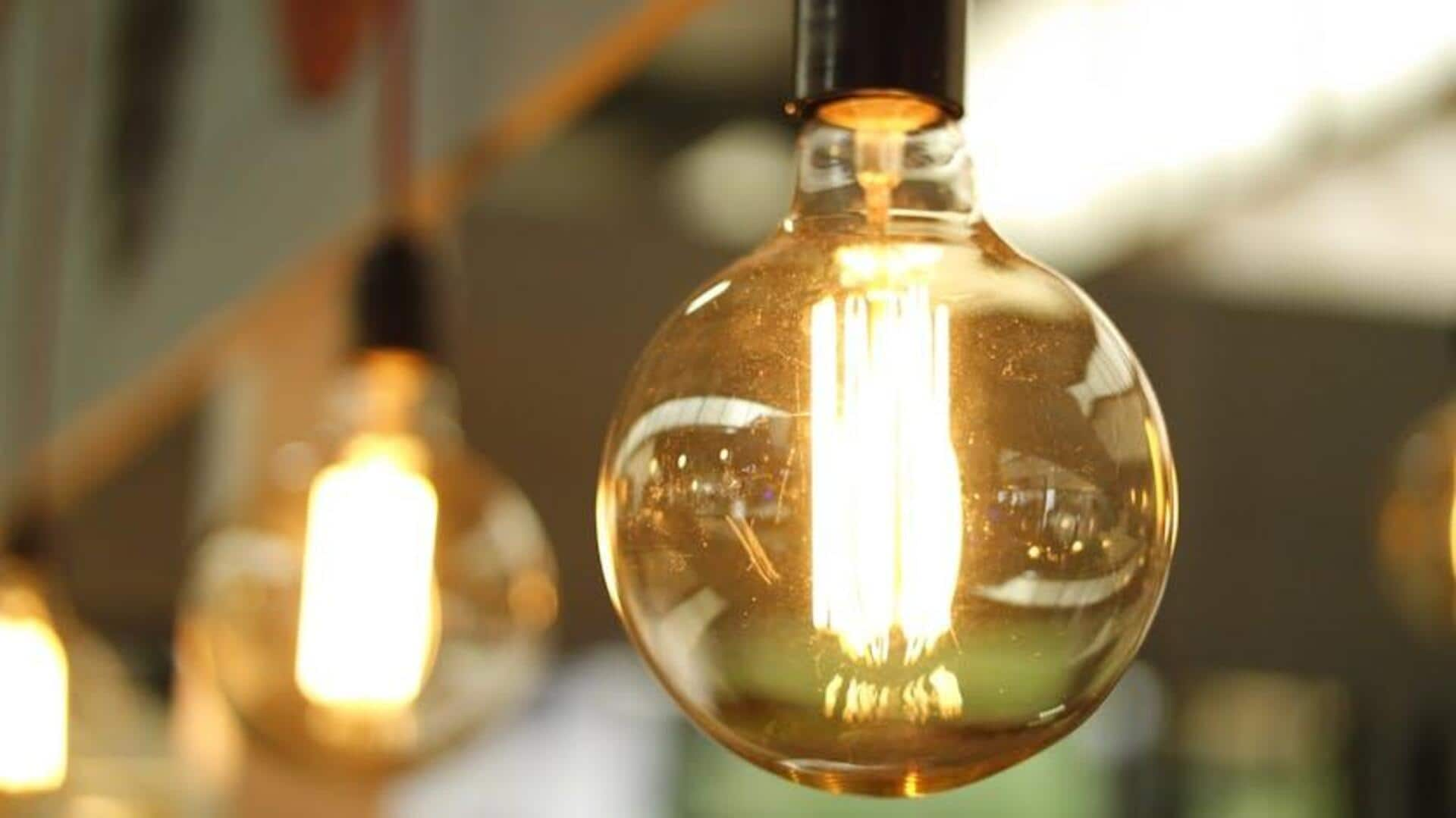
How to cut energy consumption at home
What's the story
Reducing daily energy consumption is imperative, both for environmental sustainability and saving money. By following simple yet effective strategies, one can greatly reduce their energy usage. In this article, we look at five practical ways that can be seamlessly incorporated into daily lives to cut down energy consumption. These not only help in curbing electricity bills but also contribute to a greener planet by reducing the carbon footprint of excessive energy consumption.
Lighting
Optimize lighting usage
Switching to LED bulbs is an effective way to reduce energy consumption. LEDs consume up to 75% less energy than traditional incandescent bulbs and last much longer, which means fewer replacements and lesser waste. Further, making a habit of turning off lights when leaving the room can further cut down unnecessary electricity usage. Using natural light during the day by opening curtains/blinds can also help minimize artificial lighting dependence.
Appliances
Efficient appliance use
Using appliances efficiently is yet another effective way to reduce energy consumption. Choose appliances with high Energy Star ratings as they're built to consume less power while maintaining the same performance levels. Regular maintenance, like cleaning filters and coils, ensures appliances run efficiently without drawing excess power. Further, unplugging devices when not in use prevents phantom loads that lead to higher electricity bills.
Thermostat
Smart thermostat installation
Installing a smart thermostat also gives you more control over your heating and cooling systems, resulting in some serious energy savings. These devices learn your habits and adjust temperatures accordingly, ensuring maximum comfort without wasting energy on heating/cooling when no one's home. From daily schedules, you can program temperature settings and save as much as 10% on heating/cooling costs annually.
Water heating
Water heating efficiency
Water heaters are some of the biggest energy guzzlers in homes. Turning down the thermostat on your water heater from 140 degrees Fahrenheit (60 degrees Celsius) to 120 degrees Fahrenheit (49 degrees Celsius) can yield significant savings without affecting comfort levels while showering or washing dishes. Insulating water heaters and pipes minimizes heat loss, keeping hot water at desired temperatures longer without requiring extra heating cycles.
Power strips
Implementing power strips
Using power strips makes it easier to manage multiple electronic devices. You can turn off several gadgets at once with a single switch-off, instead of unplugging each one separately every time you finish using them. This practice significantly reduces standby power draw across various electronics plugged into these strips, which are regularly used around homes worldwide today.